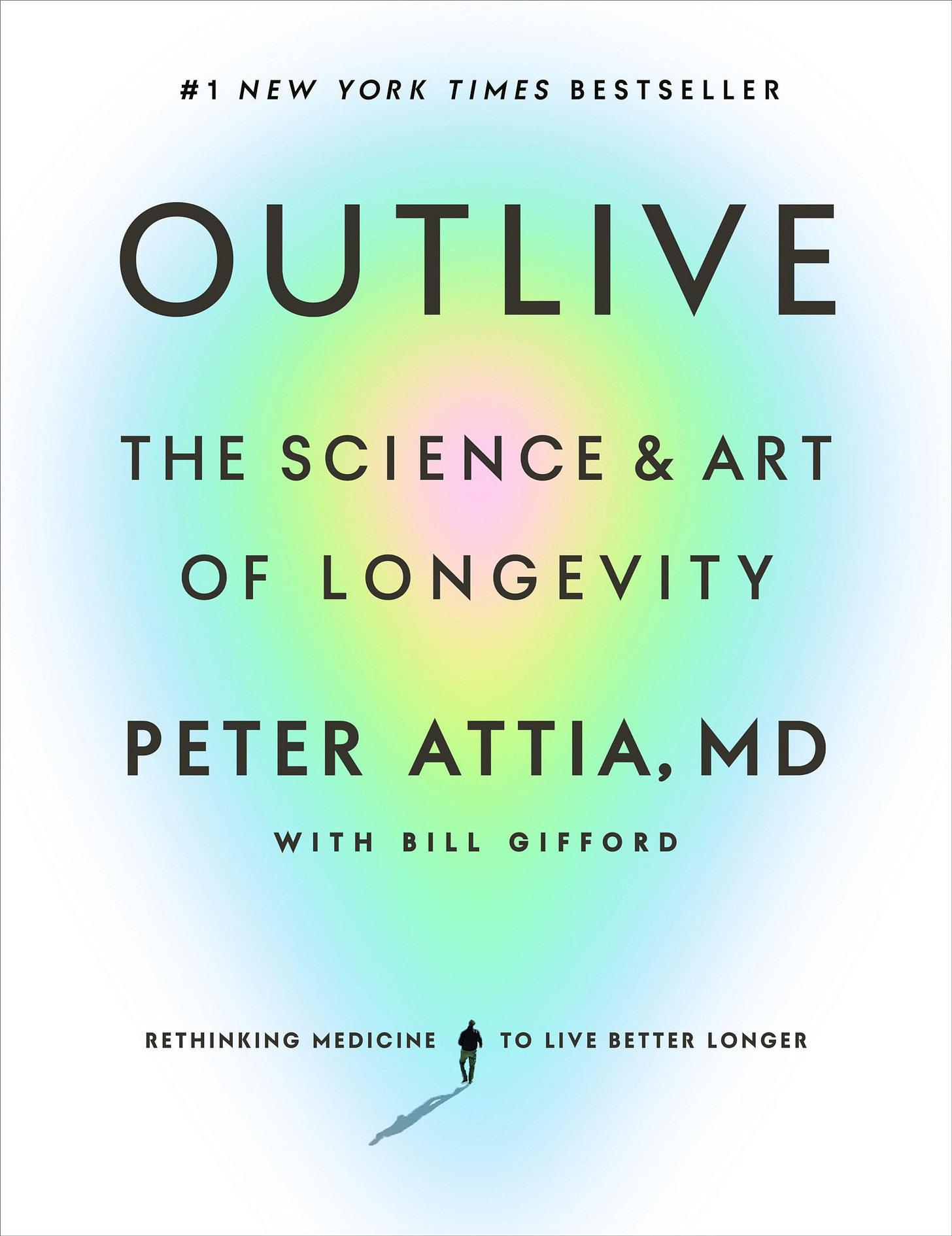In an era where we are constantly bombarded with quick fixes, miracle supplements, and health trends that come and go, the true foundations of living longer and better often get lost in the noise. But if your goal is not only to extend your life but to enhance its quality, then understanding the real, science-backed pillars of longevity is essential.
Longevity is not just about adding years to your life—it’s about adding life to your years. It’s about staying strong, active, mentally sharp, emotionally balanced, and physically independent for as long as possible. Let’s dive into five core principles that can help you achieve precisely that.
Key Idea 1: Becoming an Athlete of Life
In our busy lives, physical exercise often feels like a luxury rather than a necessity. But the truth is, regular movement is one of the most powerful tools to preserve your health.
Exercise doesn’t just sculpt your body—it strengthens your heart, muscles, and brain. Through physical activity, we stimulate the production of Brain-Derived Neurotrophic Factor (BDNF), which plays a crucial role in cognitive function and memory retention.
The beauty of exercise lies in its flexibility. You don’t need to choose between endless cardio or heavy weightlifting—the key is consistency and variety. Whether it’s daily walks, swimming, yoga, or strength training, the goal is to stay active.
Even minimal physical activity yields massive benefits. Transitioning from a sedentary lifestyle to just 90 minutes of exercise per week can lower your mortality risk by 14%. And let’s not forget: studies show that poor cardiorespiratory fitness is a greater health risk than smoking.
Strength training deserves special mention. It’s not exclusive to the young or athletic. In fact, for older adults, building muscle mass is critical for maintaining mobility, preventing falls, and preserving independence.
Imagine preparing for your “Centenarian Decathlon”—a set of physical tasks you want to be able to perform at 100 years old, like climbing stairs or getting up from the floor. This mindset transforms fitness from a chore into a lifelong mission.
Key Idea 2: Mastering the Three Dimensions of Fitness
Physical health isn’t one-dimensional. To maintain functionality and resilience, your routine should address three key pillars:
Aerobic Endurance (Zone 2 Cardio): Moderate, sustained activities like brisk walking, cycling, or light jogging improve your cardiovascular system and increase fat utilization. Even six to ten miles of walking per week can create noticeable benefits.
VO₂ Max & High-Intensity Training: High-intensity intervals improve your body’s oxygen capacity, enhancing longevity and functional performance. Just one or two VO₂ max sessions per week can make a difference.
Strength and Stability: Muscle mass and bone density decline with age, but resistance training can slow or even reverse these losses. Include movements like rucking (hiking with a loaded backpack) or classic lifts. Don’t underestimate the importance of grip strength—it strongly correlates with overall longevity.
This may sound complex, but learning from reliable sources or trainers can simplify your journey. A balanced approach across endurance, strength, and stability will future-proof your body.
Key Idea 3: Rethinking Nutrition for Longevity
Exercise alone isn’t enough—what you put on your plate matters equally. Sadly, the Standard American Diet (SAD) undermines health through excess sugar, refined carbs, and inflammatory oils.
To optimize your nutrition:
Caloric Restriction: Eating less, while maintaining nutrient density, is linked to longevity. This approach requires discipline, but it can be a powerful tool.
Dietary Restriction: Eliminating specific harmful foods can help, but only if it contributes to an overall caloric balance.
Time-Restricted Eating: Intermittent fasting or eating within limited windows can improve metabolic health, but needs to be personalized.
Prioritize Protein: Aim for at least one gram of protein per pound of body weight daily to support muscle maintenance.
Embrace Healthy Fats: Not all fats are bad. Focus on omega-3s, extra virgin olive oil, nuts, and avocados to support heart and brain health.
Ultimately, adopt a “Nutrition 3.0” mindset—find the sustainable, personalized balance that works for your body, energy needs, and lifestyle.
Key Idea 4: The Underrated Power of Sleep
We often sacrifice sleep to meet life’s demands, but quality rest is non-negotiable for longevity.
Sleep deprivation increases risks for heart disease, diabetes, accidents, and even early death. Even a shortfall of one hour per night can have profound health consequences.
Quality sleep—ideally 7.5 to 8.5 hours nightly—improves cognitive function, athletic performance, metabolic health, and immune resilience.
To optimize your sleep:
Reduce blue light exposure before bed.
Keep your room cool and dark.
Minimize caffeine and alcohol intake.
Follow a consistent sleep routine.
Engage in stress-reduction techniques like meditation.
Elite athletes like LeBron James prioritize sleep for peak performance—you should too.
Key Idea 5: Cultivating Emotional Health
What’s the point of living longer if life feels empty? Emotional health is inseparable from physical health.
Unaddressed stress, depression, and unresolved trauma can sabotage your well-being, while emotional balance boosts longevity, fulfillment, and motivation.
Proactive emotional health involves:
Recognizing signs of emotional struggles early.
Seeking professional help when needed.
Incorporating tools like meditation, therapy, and supportive relationships.
Addressing self-criticism, childhood patterns, and cultivating self-acceptance.
Longevity is not only about biological optimization—it’s about building a life worth living.
Final Thoughts: Designing Your Blueprint for Longevity
Living better, longer, is within reach—but it requires intention, discipline, and self-awareness. It’s about becoming an “athlete of life,” strengthening your body, mind, and emotional resilience.
By integrating regular exercise, structured fitness across all dimensions, intelligent nutrition, restorative sleep, and emotional balance, you can unlock the full potential of your healthspan.
There’s no magic pill—just science-backed principles applied consistently over time. Start small, stay curious, and remember: longevity isn’t just measured in years, but in the vitality, strength, and joy you bring to every moment.
Your health is your greatest asset. Invest in it wisely.


